Of the 52 provinces and cities planned to be merged, 18 are in the North; 15 are in the Central region and 19 are in the South, with differences in natural area, population size, cultural history, etc.
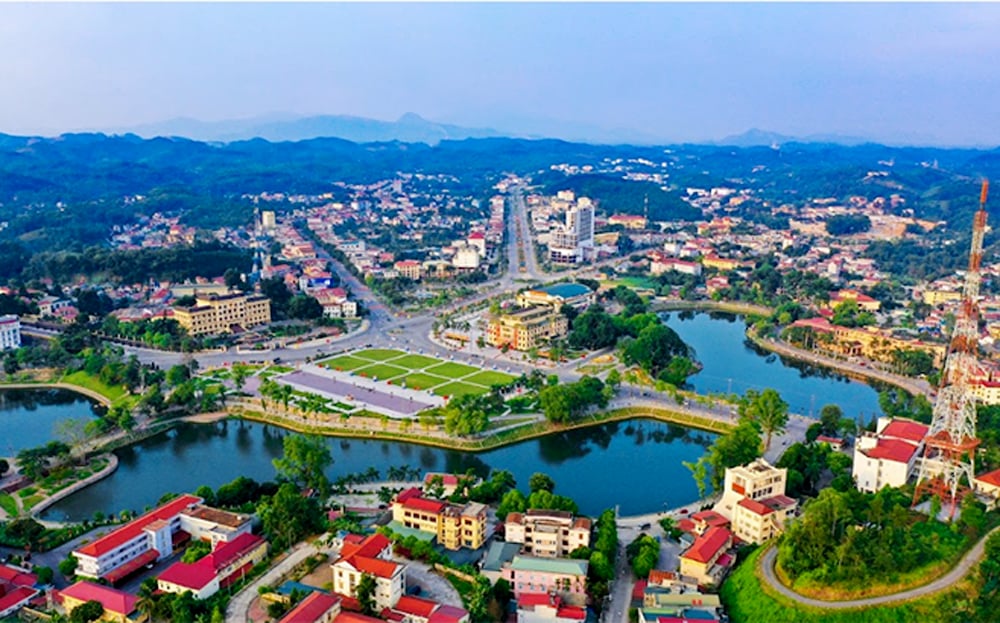 |
A corner of Yen Bai city today. |
According to the draft Resolution of the National Assembly Standing Committee on the arrangement of administrative units, based on criteria of natural area, population size, cultural history, etc., it is expected that the whole country will have 11 provincial-level administrative units (AUUs) remaining, including: Hanoi, Hue, Lai Chau, Dien Bien, Son La, Cao Bang, Lang Son, Quang Ninh, Thanh Hoa, Nghe An, Ha Tinh.
The remaining 52 provincial-level administrative units are subject to rearrangement, including 4 cities (Hai Phong, Ho Chi Minh City, Da Nang, Can Tho) and 48 provinces: Ha Nam, Hung Yen, Vinh Phuc, Bac Ninh, Thai Binh, Hai Duong, Nam Dinh, Ninh Binh, Bac Kan, Thai Nguyen, Phu Tho, Bac Giang, Hoa Binh, Tuyen Quang, Lao Cai, Yen Bai, Ha Giang, Ninh Thuan, Quang Tri, Phu Yen, Quang Binh, Quang Ngai, Khanh Hoa, Dak Nong, Tay Ninh, Binh Duong, Binh Thuan, Binh Phuoc, Ba Ria - Vung Tau, Ben Tre, Bac Lieu, Vinh Long, Hau Giang, Tra Vinh, Tien Giang, Soc Trang, Dong Thap, An Giang, Long An, Ca Mau, Quang Nam, Binh Dinh, Dak Lak, Dong Nai, Gia Lai, Kon Tum, Lam Dong, Kien Giang.
Of the 52 provinces and cities planned to merge, 18 are in the North; 15 are in the Central region and 19 are in the South.
Coastal provinces and cities include: 5/18 northern provinces and cities; 14/15 central provinces and cities and 9/19 southern provinces and cities.
The centrally-governed cities to be merged include: Ho Chi Minh City, Hai Phong, Da Nang, and Can Tho.

North
Particularly, the 18 northern provinces include 3 provinces in the Northwest region, 6 provinces in the Northeast region and 9 provinces and cities in the Red River Delta.
Northwest Region
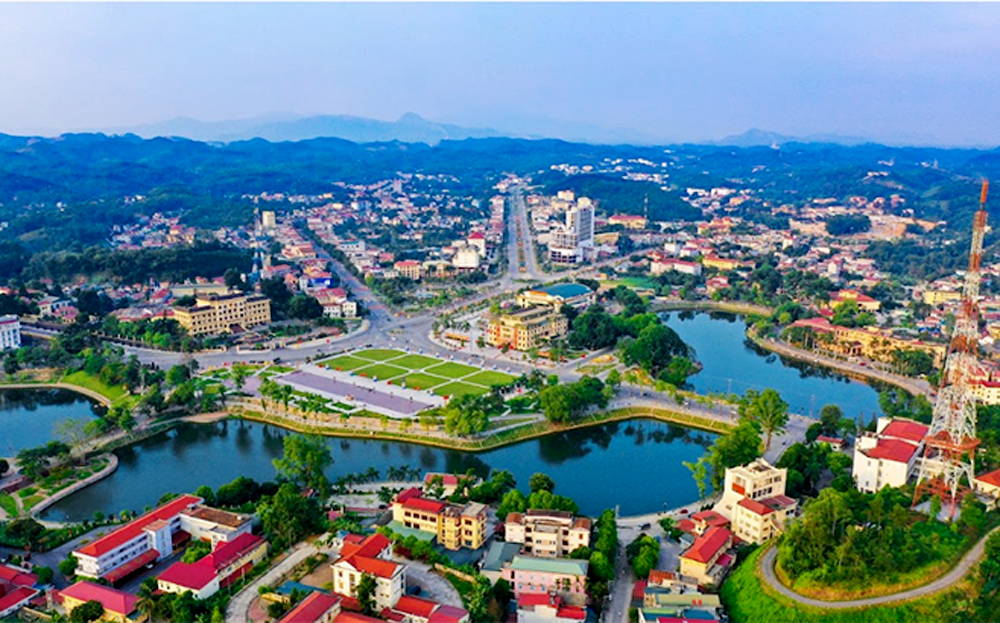
A corner of Yen Bai city
The Northwest includes the provinces of Hoa Binh, Son La, Dien Bien, Lai Chau, Yen Bai and Lao Cai, of which 3 provinces are subject to merger: Lao Cai, Yen Bai and Hoa Binh.
The geographical features of the Northwest are mainly mountainous, with many high mountain ranges such as Hoang Lien Son. Between the mountain ranges are valleys and the Da River trough, creating a majestic natural landscape.
The economy of this region is mainly based on agriculture, with crops such as rice, corn, and cassava. In addition, the Northwest also has hydropower potential thanks to the Da River system and other large rivers. Ecotourism and cultural tourism are also being focused on development, thanks to the natural landscape and cultural diversity of ethnic minorities.
The culture of the Northwest is very rich, with the residence of many ethnic groups such as Kinh, Thai, H'Mong, Tay, Nung, Muong, Kho Mu... Each ethnic group has its own culture, expressed through costumes, customs, habits, especially traditional festivals such as the Ban flower festival, boat racing festival, new rice festival...
Yen Bai Province Yen Bai is located in the Northwest region of the country, bordering the Northeast. To the Northeast it borders Tuyen Quang and Ha Giang provinces, to the Southeast it borders Phu Tho province, to the Southwest it borders Son La province, to the Northwest it borders Lai Chau and Lao Cai provinces. The total natural land area of the province is 6,892.67 km2, ranking 5th among 12 provinces in the Northern mountainous and midland regions in terms of land size. According to the 2023 Statistical Yearbook, the total population of Yen Bai province is 855,529 people, with an average population density of 124 people/km2. The total natural area of the province is 6,892.67 km2, ranking 5th among 12 provinces in the northern mountainous and midland regions in terms of land size. The whole Yen Bai province has 9 district-level administrative units, including Yen Bai city (provincial capital city); Nghia Lo town; 7 districts (Tram Tau; Mu Cang Chai; Van Chan; Van Yen; Luc Yen; Tran Yen; Yen Binh) with 168 commune-level administrative units (including 146 communes, 12 wards, 10 towns), of which 70 are highland communes and 62 are extremely disadvantaged communes that are invested in according to the socio-economic development programs of the State. There are 2 highland districts of Tram Tau and Mu Cang Chai (Mong people account for over 80%) that are among the 61 poor and extremely disadvantaged districts of the country... With its geographical location as the gateway to the Northwest, located at the midpoint of one of the main economic corridors of Kunming-Lao Cai-Hanoi-Hai Phong, with a relatively diverse transportation system, Yen Bai has favorable conditions and opportunities for Yen Bai to enhance integration and economic and trade exchange, develop socio-culture... not only with the provinces in the region, major economic centers in the country but also in international economic exchange, especially with the southwestern provinces of China and countries in the ASEAN bloc. |
Among the 6 provinces in the Northwest, Lao Cai borders Yunnan province (China), with a border length of about 182km.
As of April 2019, Lao Cai has 7 religions, the most being Protestantism, followed by Catholicism and Buddhism. The province also has more than 20 ethnic groups living together.
In terms of socio-economics, Lao Cai is one of the provinces that has consistently ranked at the top of the provincial competitiveness index in recent years. In the 2011 Vietnam Provincial Competitiveness Index, Lao Cai province ranked 1st out of 63 provinces and cities.
Currently, Lao Cai is developing tourism very well, with many destinations loved by domestic and foreign tourists.
Hoa Binh is a mountainous province with a population of mostly Muong people. The administrative center of the province is Hoa Binh city, located about 73km from the center of Hanoi capital.
This province has a medium mountainous terrain, complexly divided, with large slopes. The river system in the province is distributed relatively evenly with large rivers such as Da River, Ma River, Buoi River, Lang River, Bui River...
Northeastern Region
Among the 9 northeastern provinces, 6 provinces are subject to merger, including: Ha Giang, Bac Kan, Tuyen Quang, Thai Nguyen, Phu Tho, Bac Giang.

Tuyen Quang City.
The total area of the Northeast region is about 56,610km², accounting for 8.9% of the country's area. The population of the region is more than 9.5 million people, accounting for 9.46% of the country's population.
The Northeast region has geographical features including many high mountain ranges such as Hoang Lien Son, Bac Son arc, Dong Trieu arc... Between the mountain ranges are valleys and small plains, creating diverse terrain. This region also has many large rivers such as Red River, Lo River, Cau River, Thai Binh River...
The economy of the Northeast is mainly based on agriculture, with main crops such as rice, corn, cassava, in addition to tea trees, fruit trees, vegetables, etc. Livestock and poultry farming is also developed in the Northeast. Mineral mining industry such as coal, iron, copper, zinc also contributes to the local economy. Ecotourism and cultural tourism develop thanks to natural landscapes and historical and cultural relics.
The culture of the Northeast is very diverse, with many ethnic groups living there such as Kinh, Tay, Nung, H'Mong, Dao, Muong... Each ethnic group has its own culture, expressed through costumes, customs, habits, especially traditional festivals such as buffalo fighting festival, Long Tong festival, Hung temple festival...

Pho Yen city, Thai Nguyen province.
Among the 6 merged provinces in the Northeast region, Thai Nguyen is currently one of the provinces and cities that balances its own budget revenue and expenditure and is also the province with the highest budget revenue in the region. Thai Nguyen is also the only locality in the Northern midland and mountainous region in the top 10 provinces and cities with the highest GNI per capita in the country in 2020 (with 12,960 USD).
Thai Nguyen, along with Binh Duong, Bac Ninh, Dong Nai and Bac Giang, are among the five provinces and cities that businesses rated as having the best infrastructure in 2019, and are also major industrial centers of the country.
Red River Delta
The Red River Delta is the Red River Delta region, including 12 provinces and cities, of which the planned merger includes: Hai Phong, Hai Duong, Hung Yen, Thai Binh, Nam Dinh, Ninh Binh, Ha Nam, Vinh Phuc, Bac Ninh.

Bac Ninh City.
The total area of the Red River Delta is about 15,000km², with a population of 21.85 million people (2021), accounting for 22.3% of the population and with the highest density in the country.
The Red River Delta is a fertile delta, deposited with alluvium by the Red River and Thai Binh River systems. This area has many crisscrossing rivers, creating a convenient waterway network. In addition, the Red River Delta also has a long coastline with many important seaports such as Hai Phong, Cai Lan, etc.
The economy of the Red River Delta is very developed, with rich agriculture, especially rice. Processing industry, consumer goods production, electronics, and mechanics are also strongly developed. Hai Phong is a major seaport center, contributing to national import and export. Cultural, historical and ecological tourism also attracts many visitors.
The Red River Delta has a long-standing culture, with many historical and cultural relics such as Pho Hien, Co Loa...
Among the provinces in the Red River Delta, Hai Phong is the largest port city in the North, with an area of about 1,500 km² and a population of over 2.1 million people. This is one of the centrally-governed cities and plays an important role in the national economy. Hai Phong is strategically located, an important gateway through the international seaport.
Hai Phong's economy is strongly developed thanks to heavy industry (including shipbuilding, mechanical industry), seaports, and tourism. Hai Phong Port is one of the largest and most developed ports in Vietnam.
Culturally, Hai Phong has a blend of Northern culture and the influence of island customs. The city is famous for relics such as Trang Trinh Temple, Cat Ba, Do Son. Famous beaches and tourist areas attract many domestic and foreign tourists.
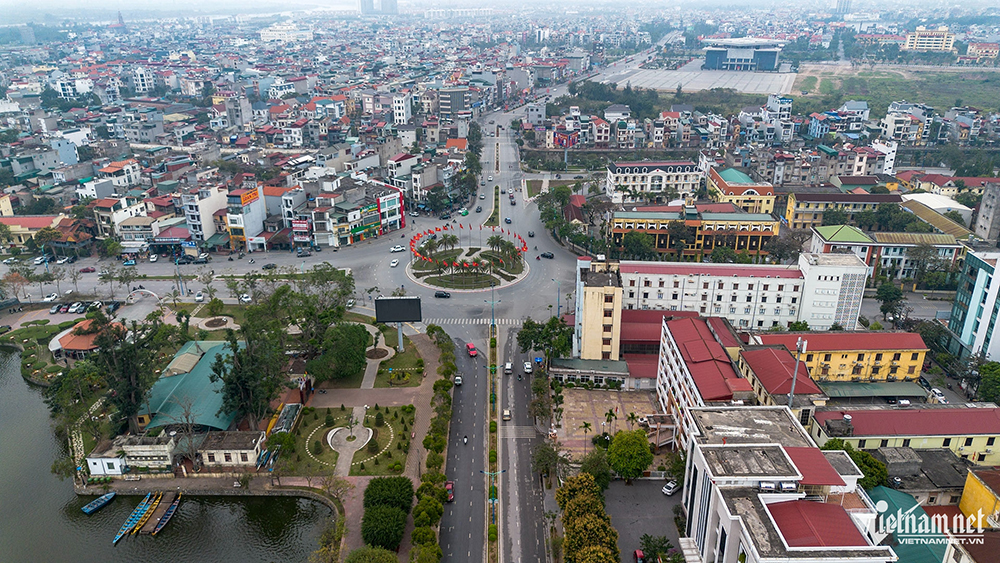
Hai Duong City.
Along with Hai Phong, Hung Yen, Hai Duong are also provinces with strategic locations, strongly developing industries. Industrial zones in Hung Yen, Hai Duong have developed strongly in recent years, attracting many investors.
Nam Dinh and Ninh Binh are lands with a long history, with many historical and cultural relics. Nam Dinh Cathedral, Phu Day relic site, traditional festivals, especially Cho Vieng festival are cultural and spiritual tourist attractions that attract thousands of visitors every year.
Ninh Binh is famous for its beautiful natural scenery, especially Trang An and Tam Coc tourist areas and historical and cultural relics such as Bai Dinh Pagoda. This locality is also famous for historical relics such as the ancient capital of Hoa Lu, which was the place where the feudal dynasties of Vietnam lived and developed.
Thai Binh is a province with strongly developed agriculture, especially rice cultivation and aquaculture.
The province's economy is growing thanks to agriculture, fisheries, and food processing industries.
On March 26, Thai Binh started construction of the VSIP industrial park with a scale of 333.4 hectares and a total investment of more than VND4,932 billion (nearly USD212 million). This project is expected to attract domestic and foreign investors, making an important contribution to the economic restructuring and promoting industrial development of the province.
(According to YBĐT - Vietnamnet)
Source: http://baoyenbai.com.vn/11/347929/Dac-diem-vi-the-cua-18-tinh-thanh-mien-Bac-tr111ng-dien-de-xuat-sap-nhap.aspx


![[Photo] Prime Minister Pham Minh Chinh receives delegation of leaders of US universities](https://vstatic.vietnam.vn/vietnam/resource/IMAGE/2025/3/31/8be7f6be90624512b385fd1690124eaa)
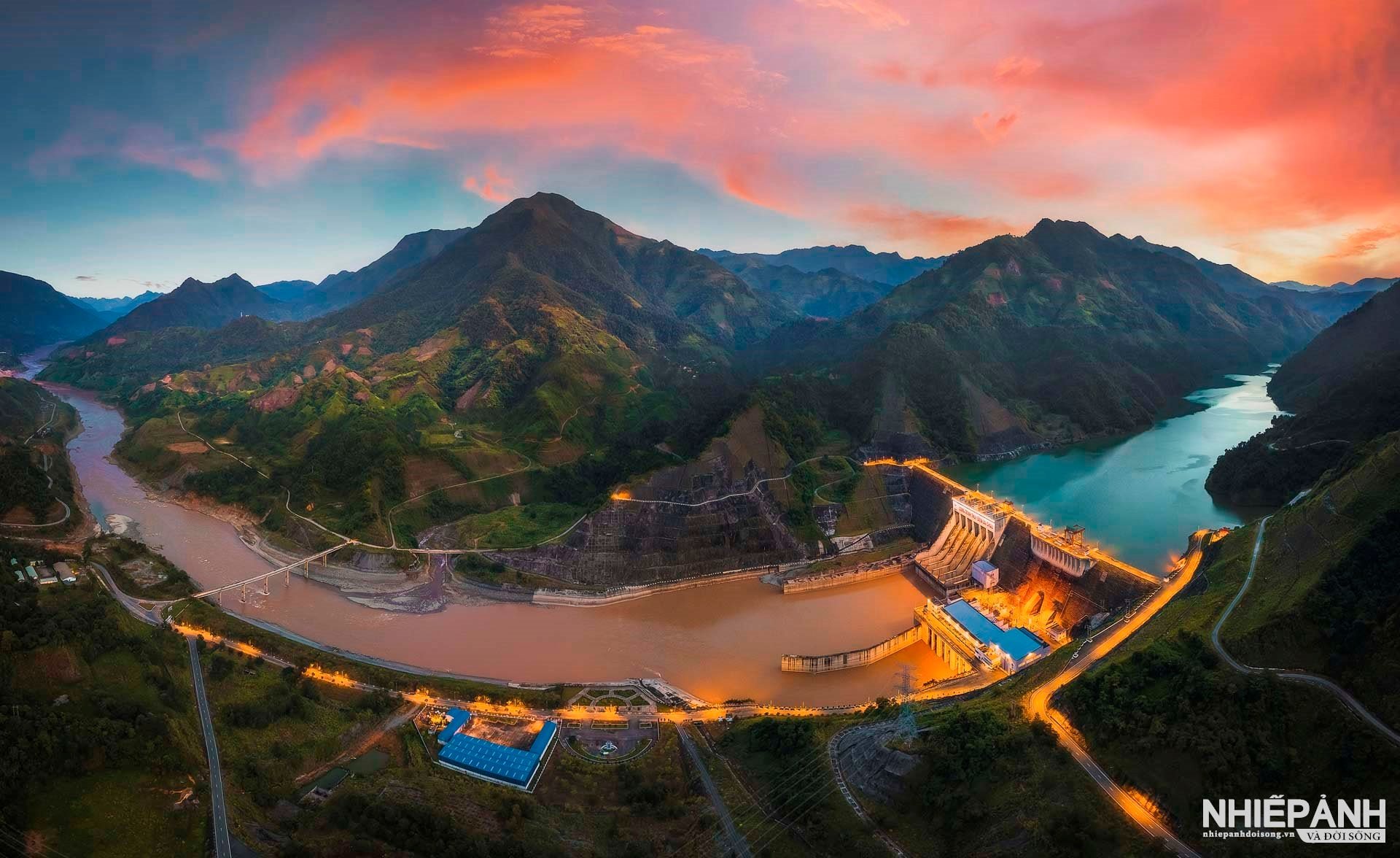

![[Photo] General Secretary To Lam receives US Ambassador to Vietnam Marc E. Knapper](https://vstatic.vietnam.vn/vietnam/resource/IMAGE/2025/3/31/5ee45ded5fd548a685618a0b67c42970)
![[Photo] 2nd Conference of the Party Executive Committee of Central Party Agencies](https://vstatic.vietnam.vn/vietnam/resource/IMAGE/2025/3/31/8f85b88962b34701ac511682b09b1e0d)
![[Photo] Speeding up construction of Ring Road 3 and Bien Hoa-Vung Tau Expressway](https://vstatic.vietnam.vn/vietnam/resource/IMAGE/2025/3/31/f1431fbe7d604caba041f84a718ccef7)

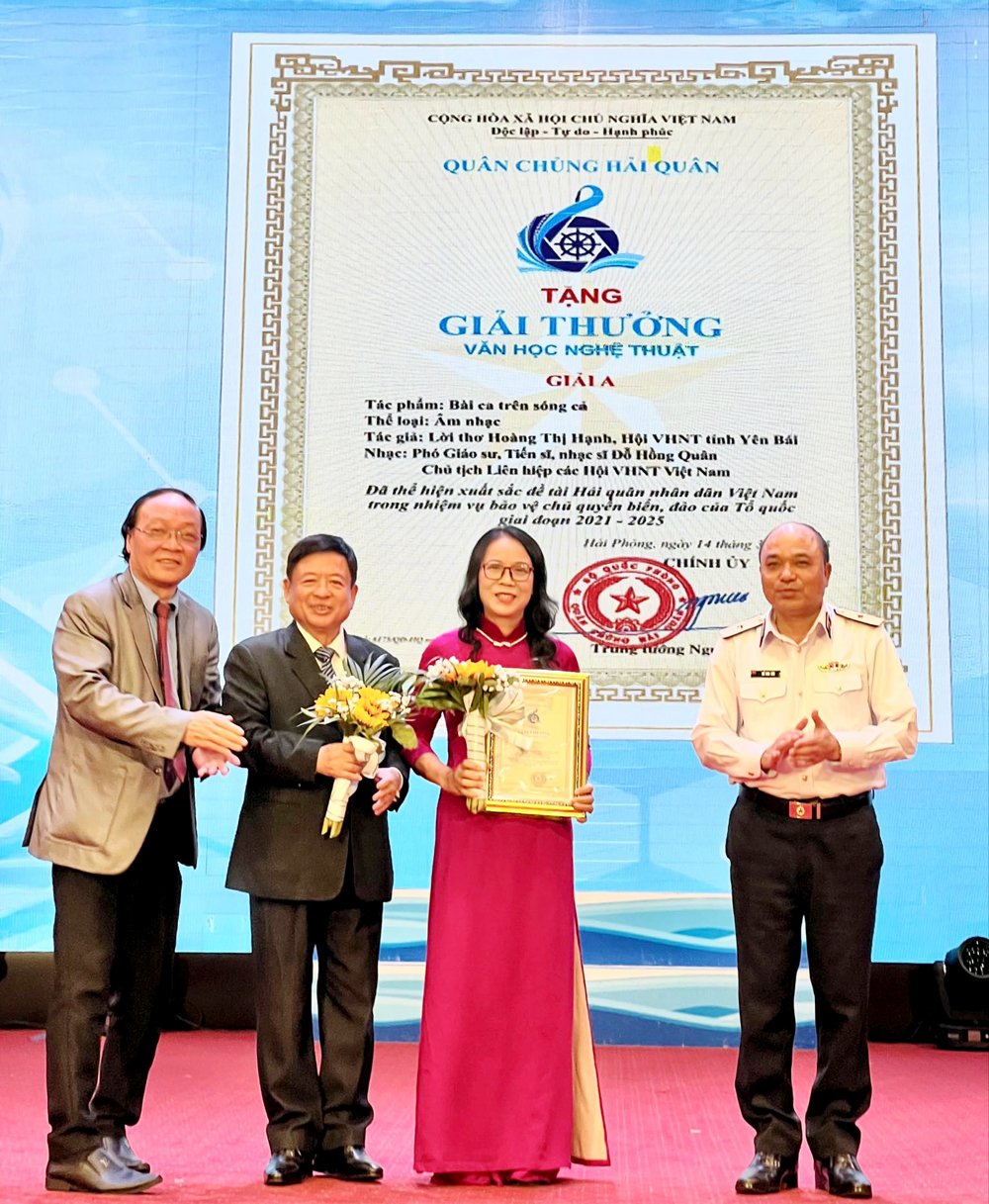
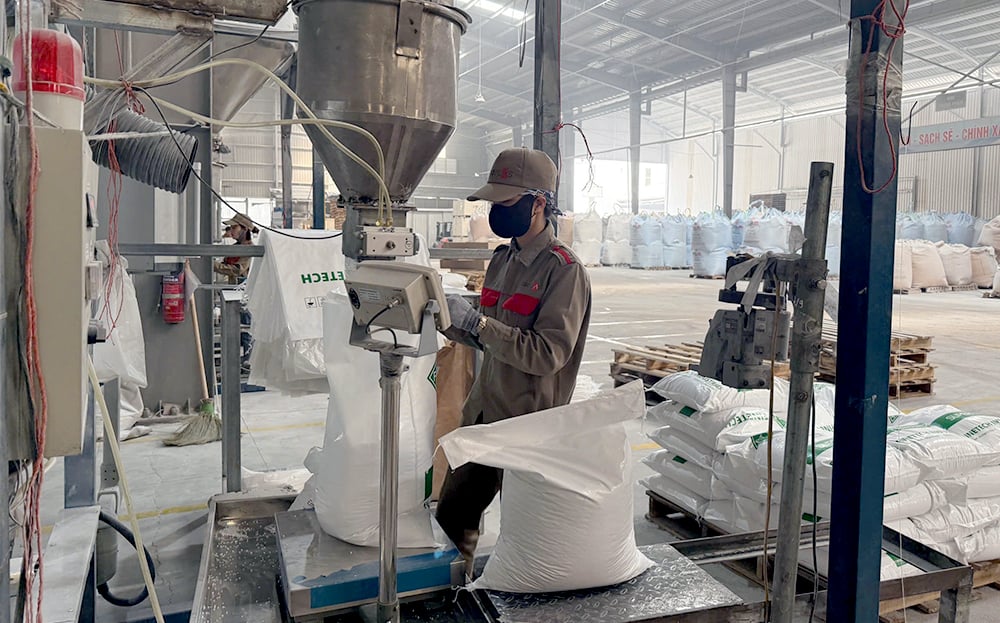
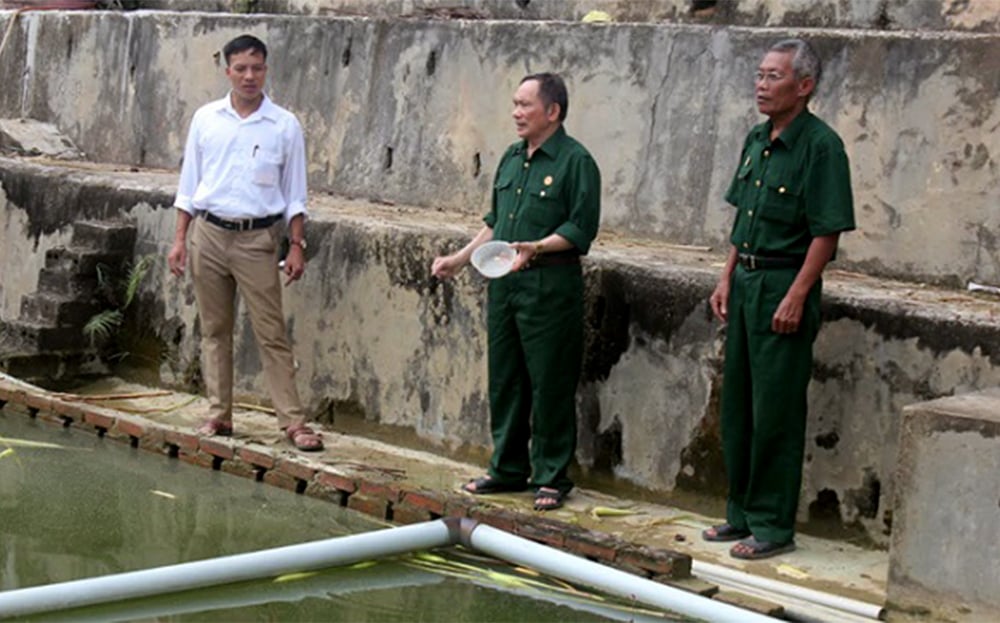
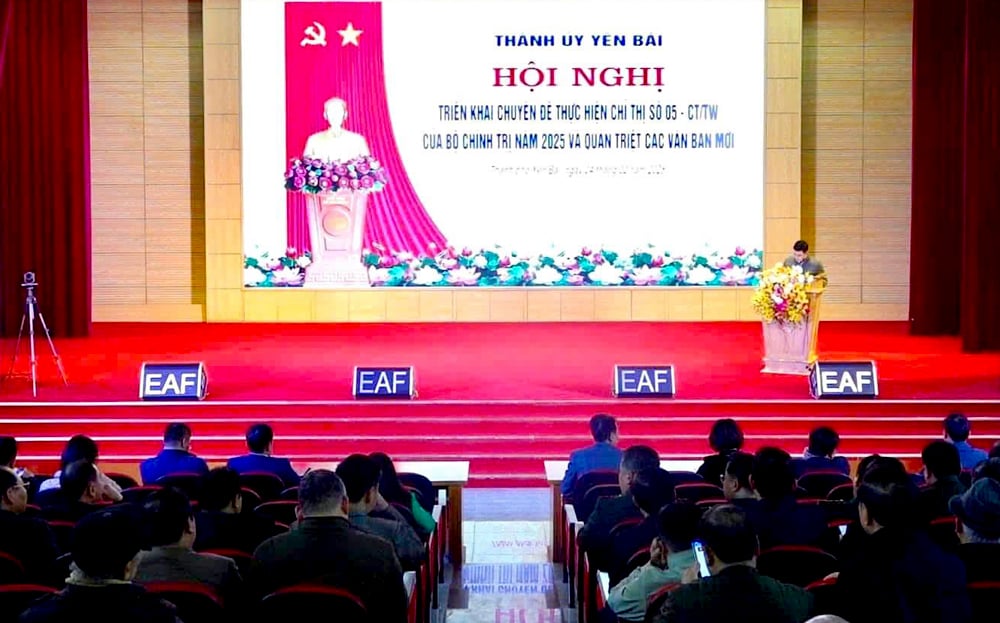
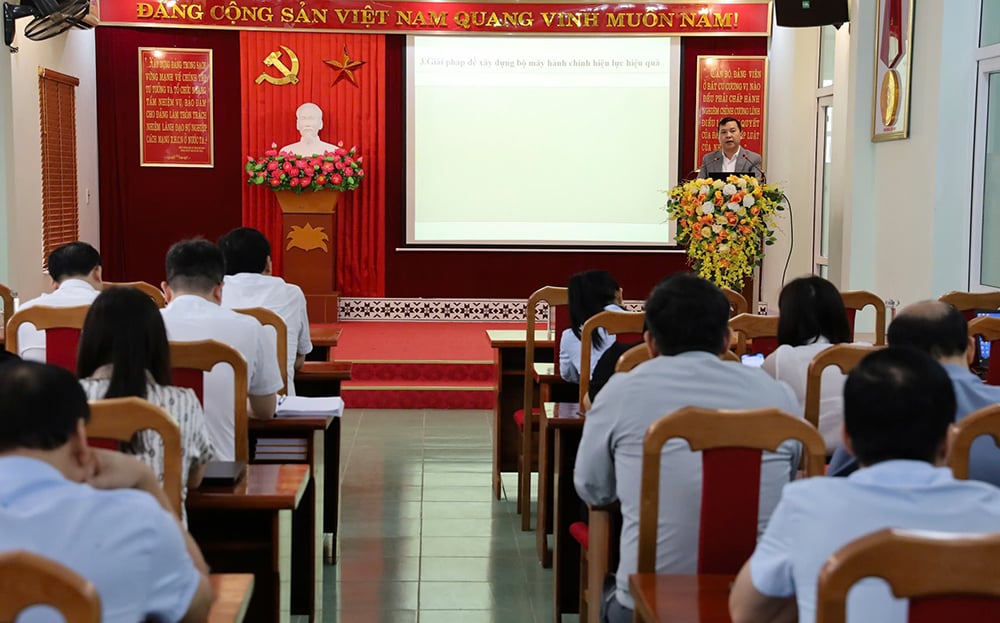



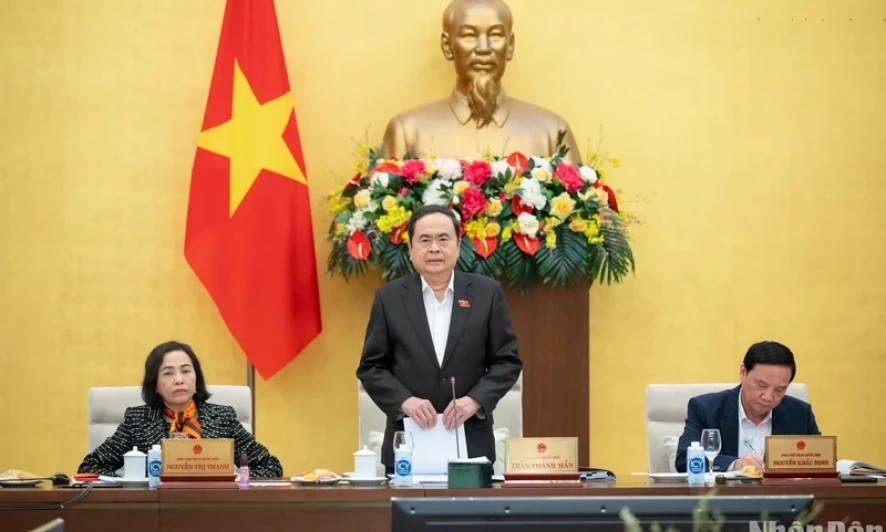

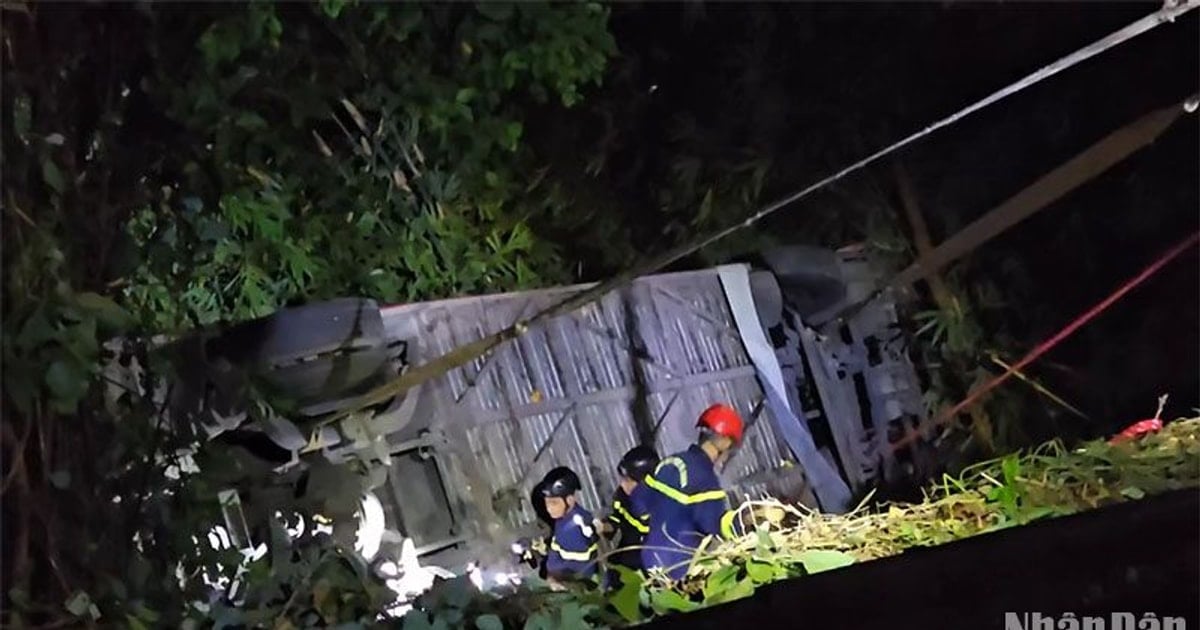



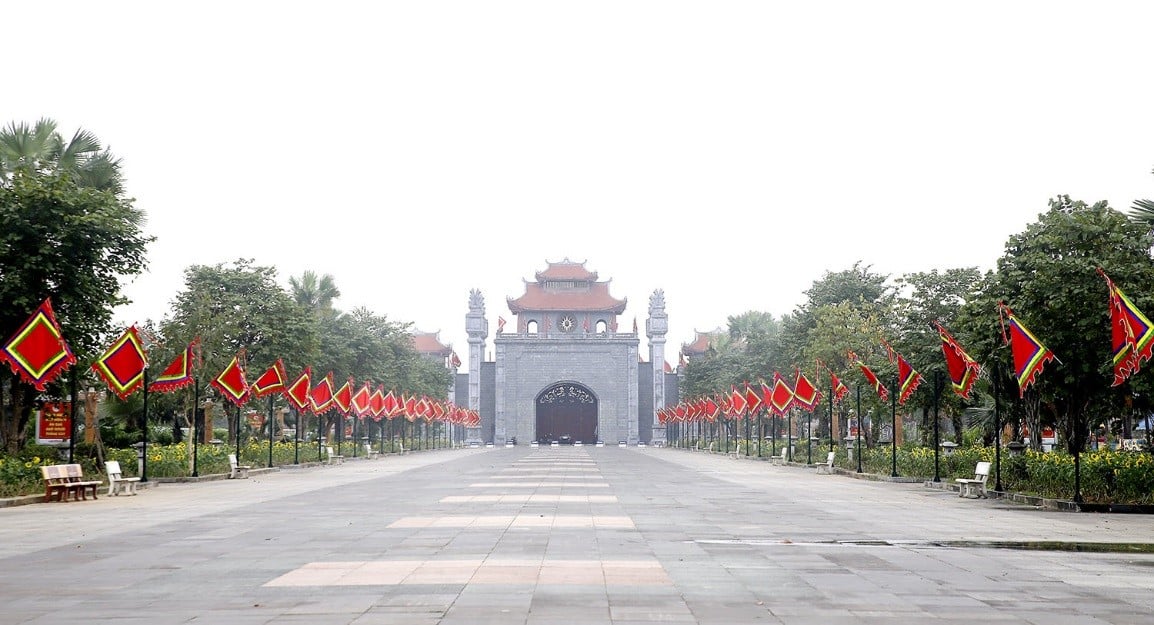
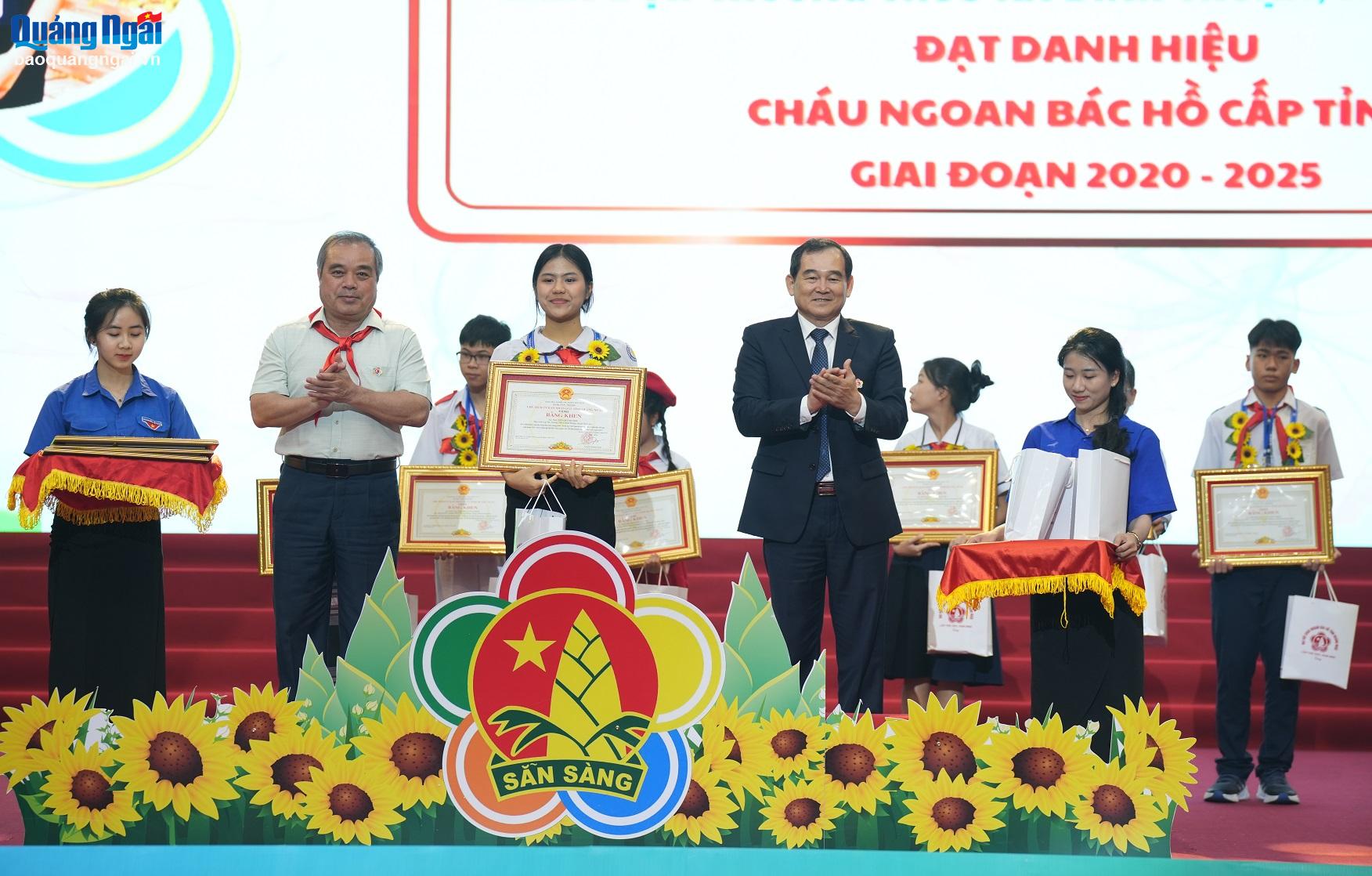
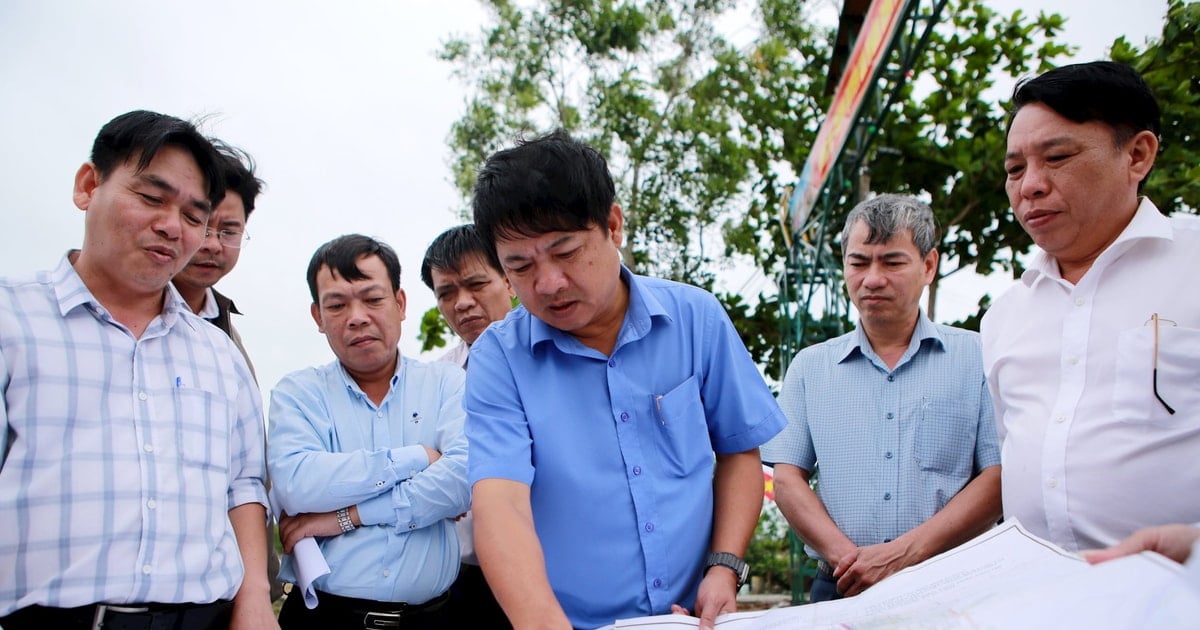
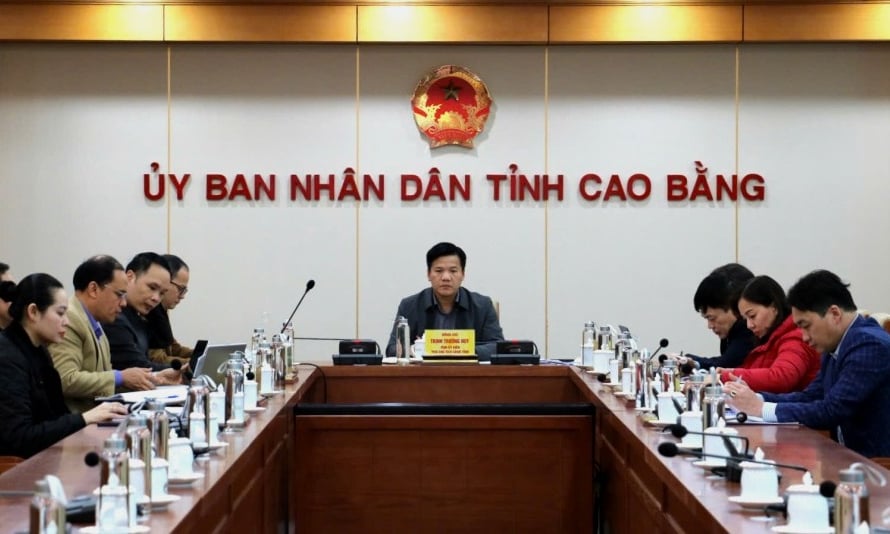

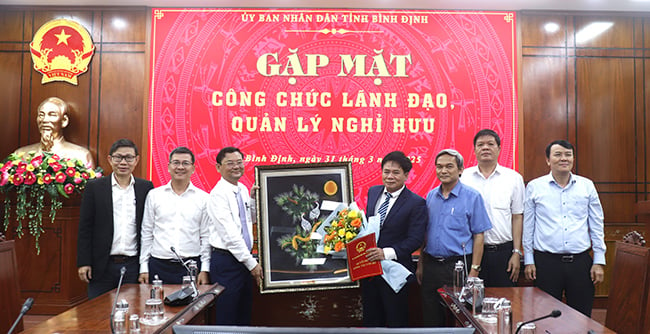

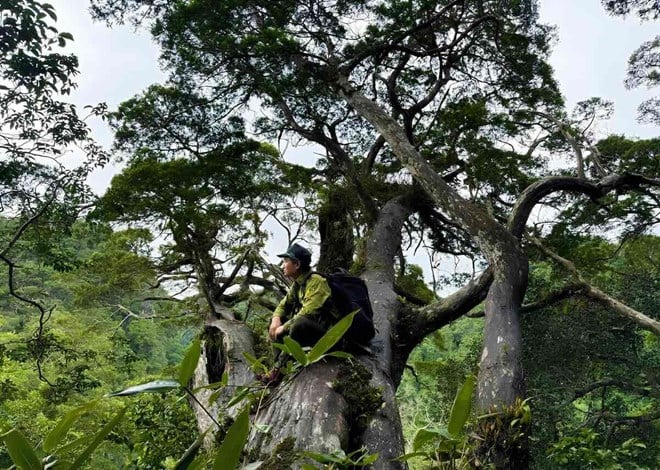

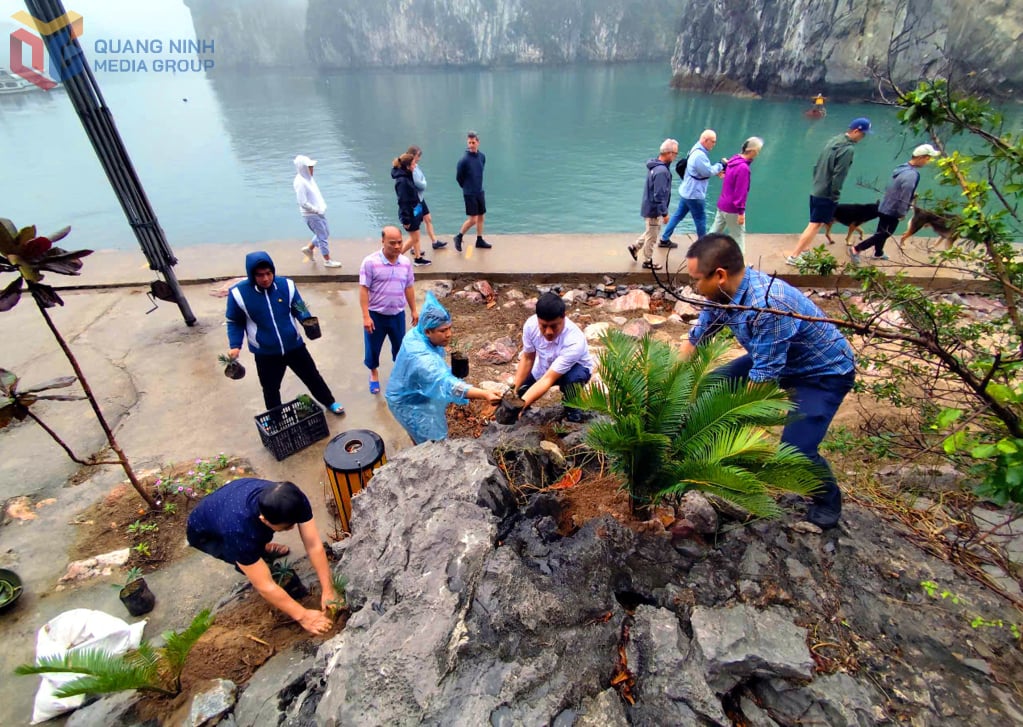

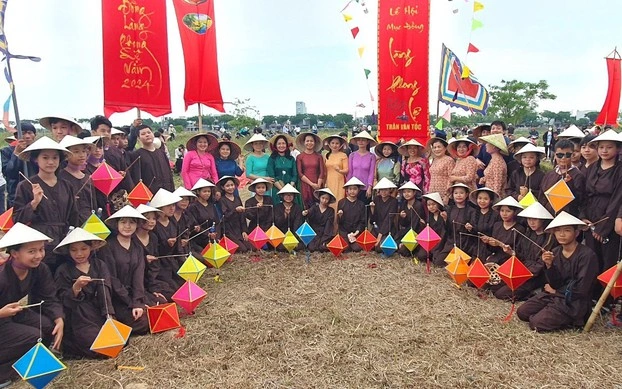





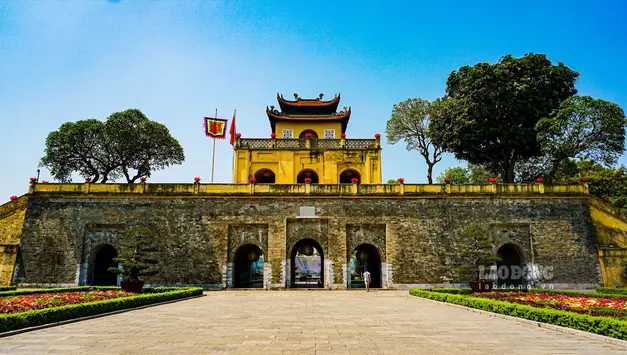

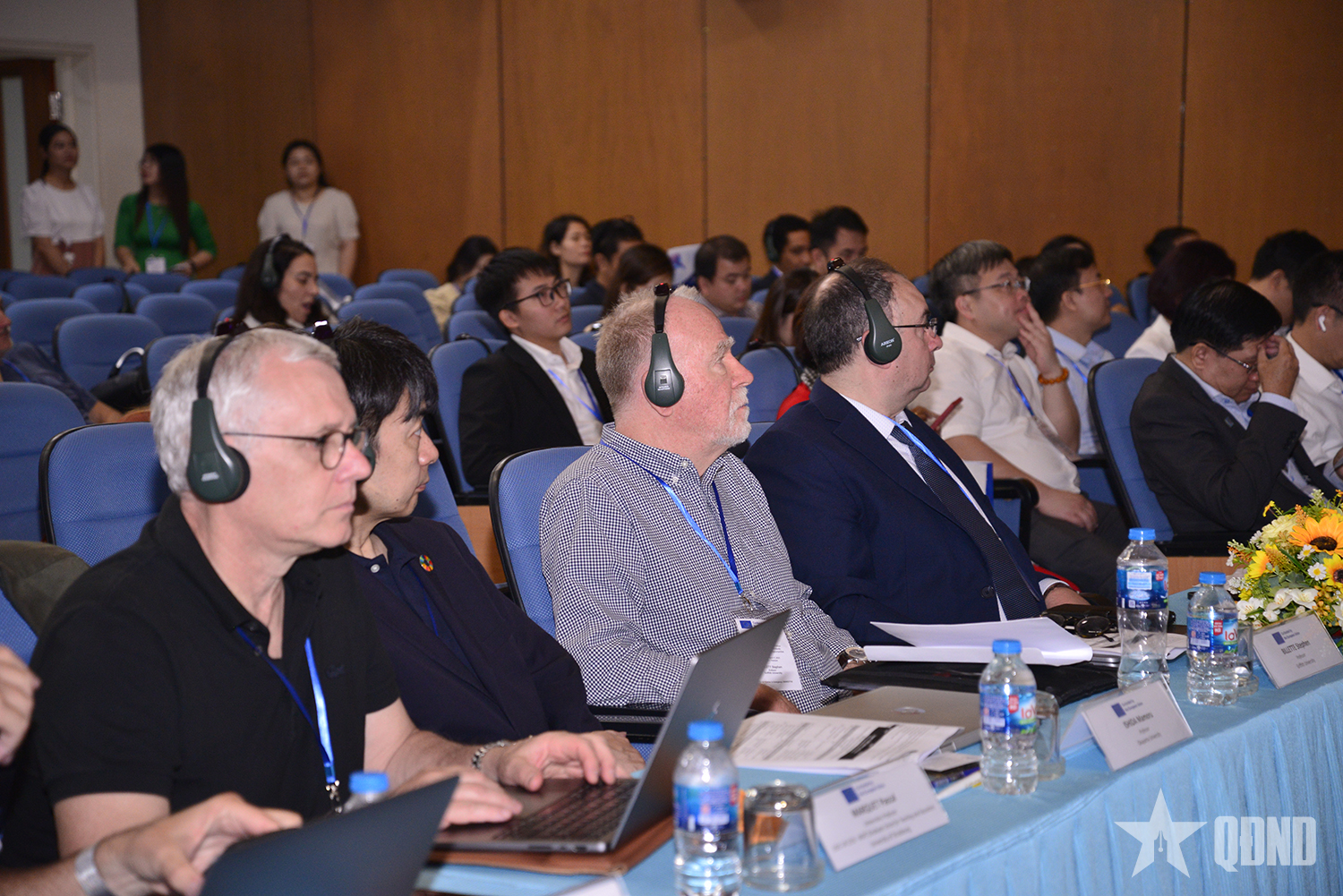




















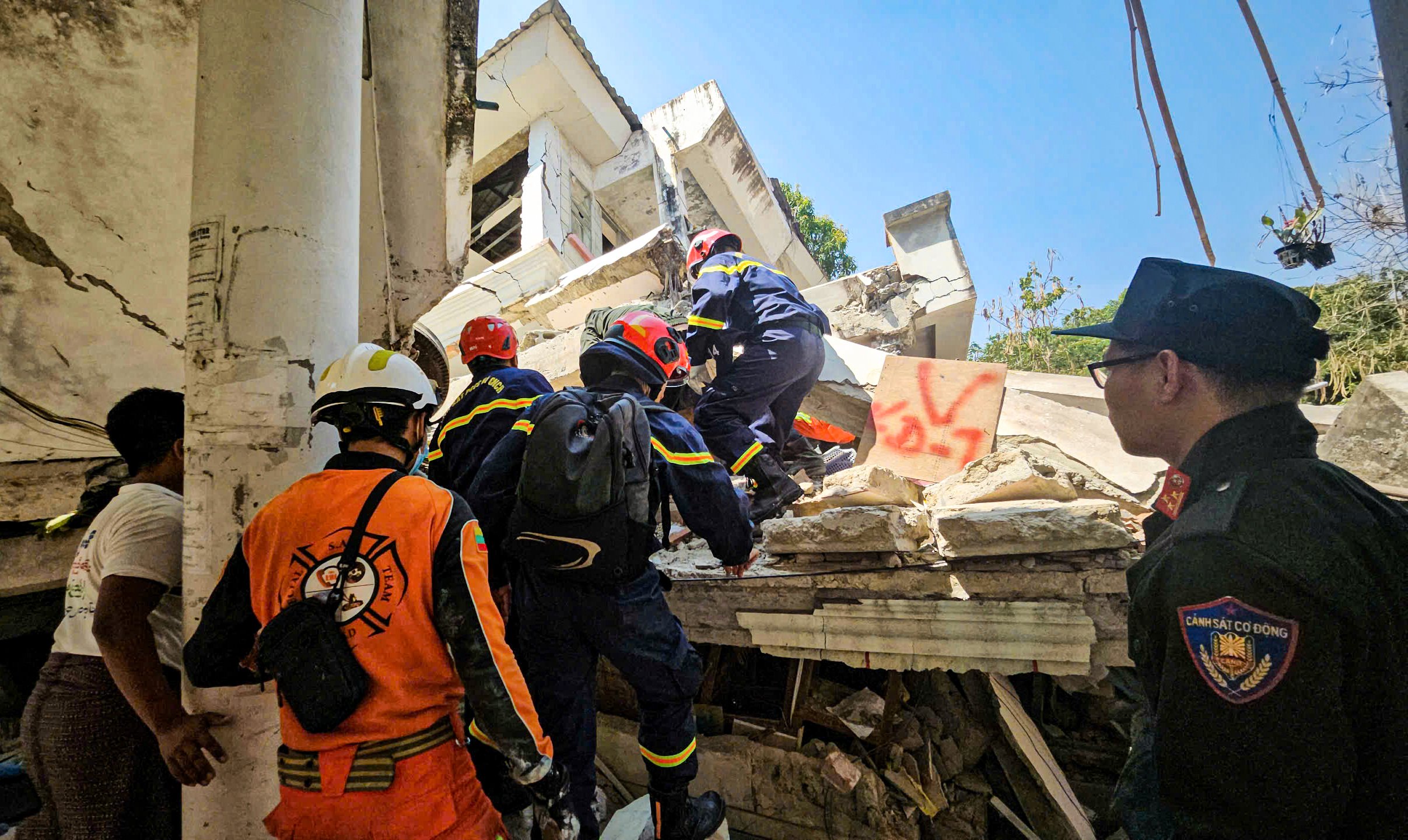

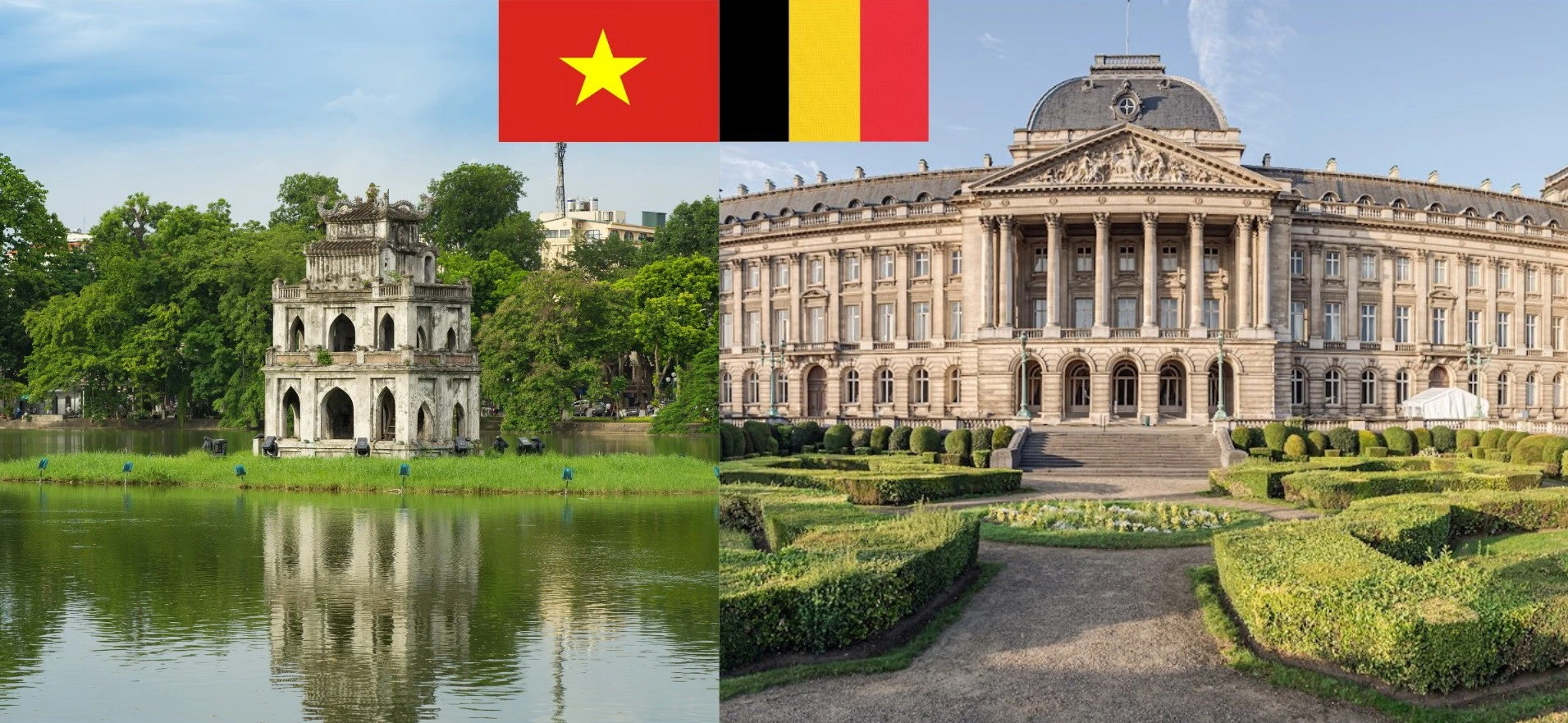


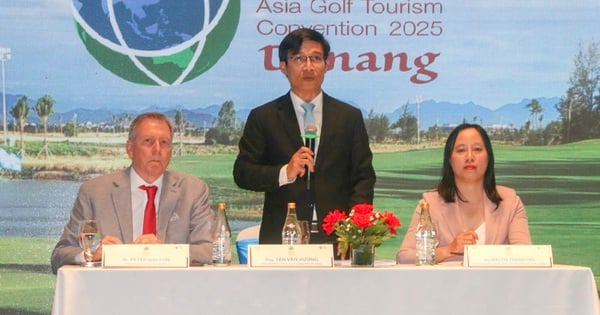

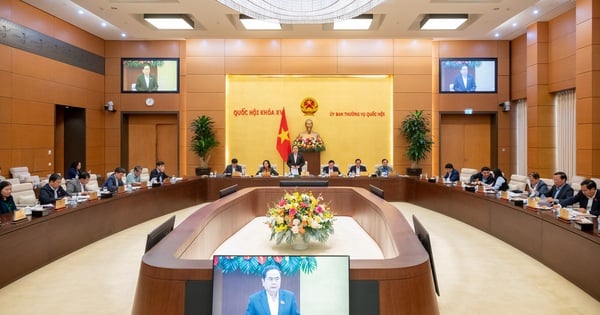
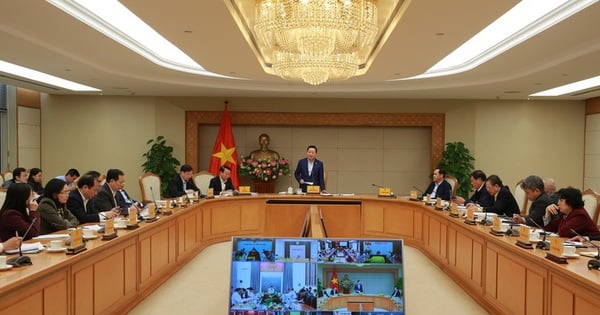
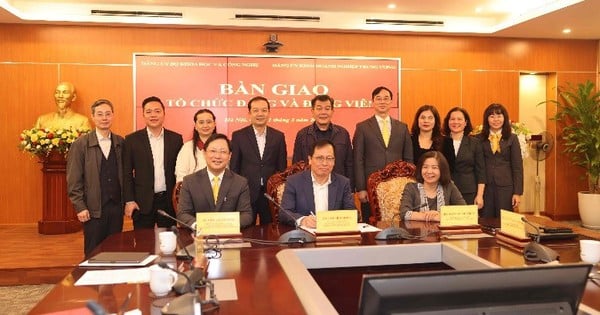

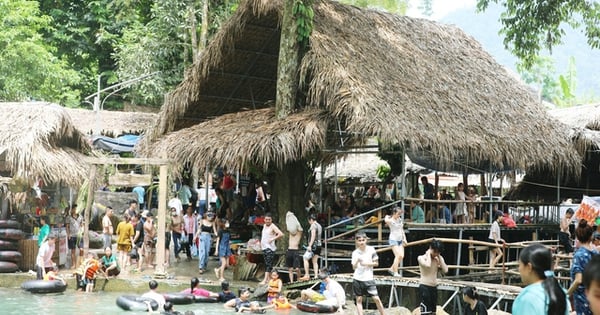
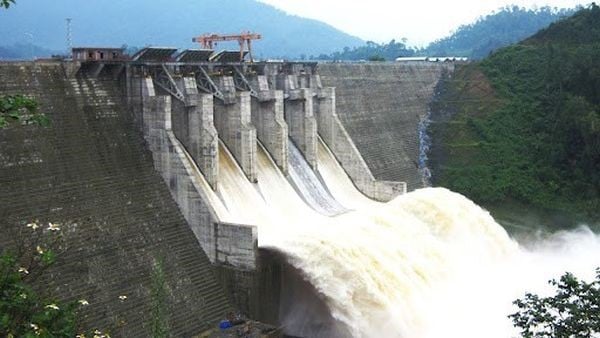

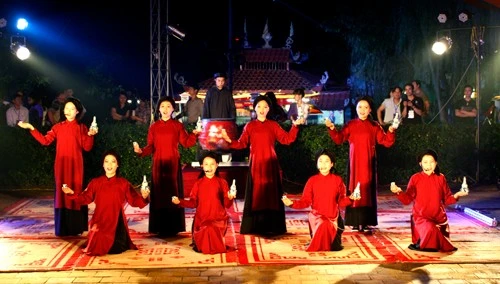











![[REVIEW OCOP] An Lanh Huong Vet Yen Cat](https://vstatic.vietnam.vn/vietnam/resource/IMAGE/2025/3/27/c25032328e9a47be9991d5be7c0cad8c)

Comment (0)